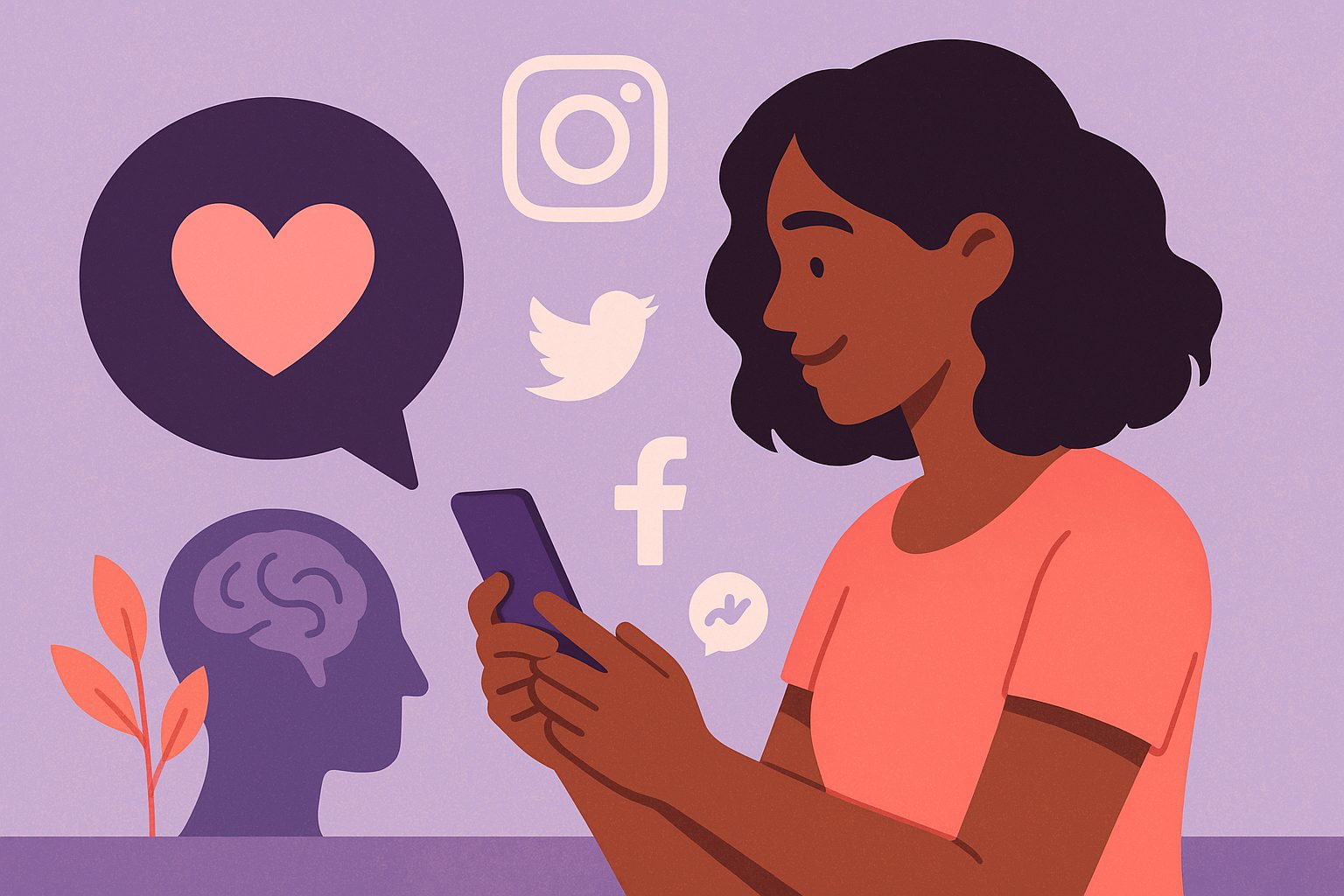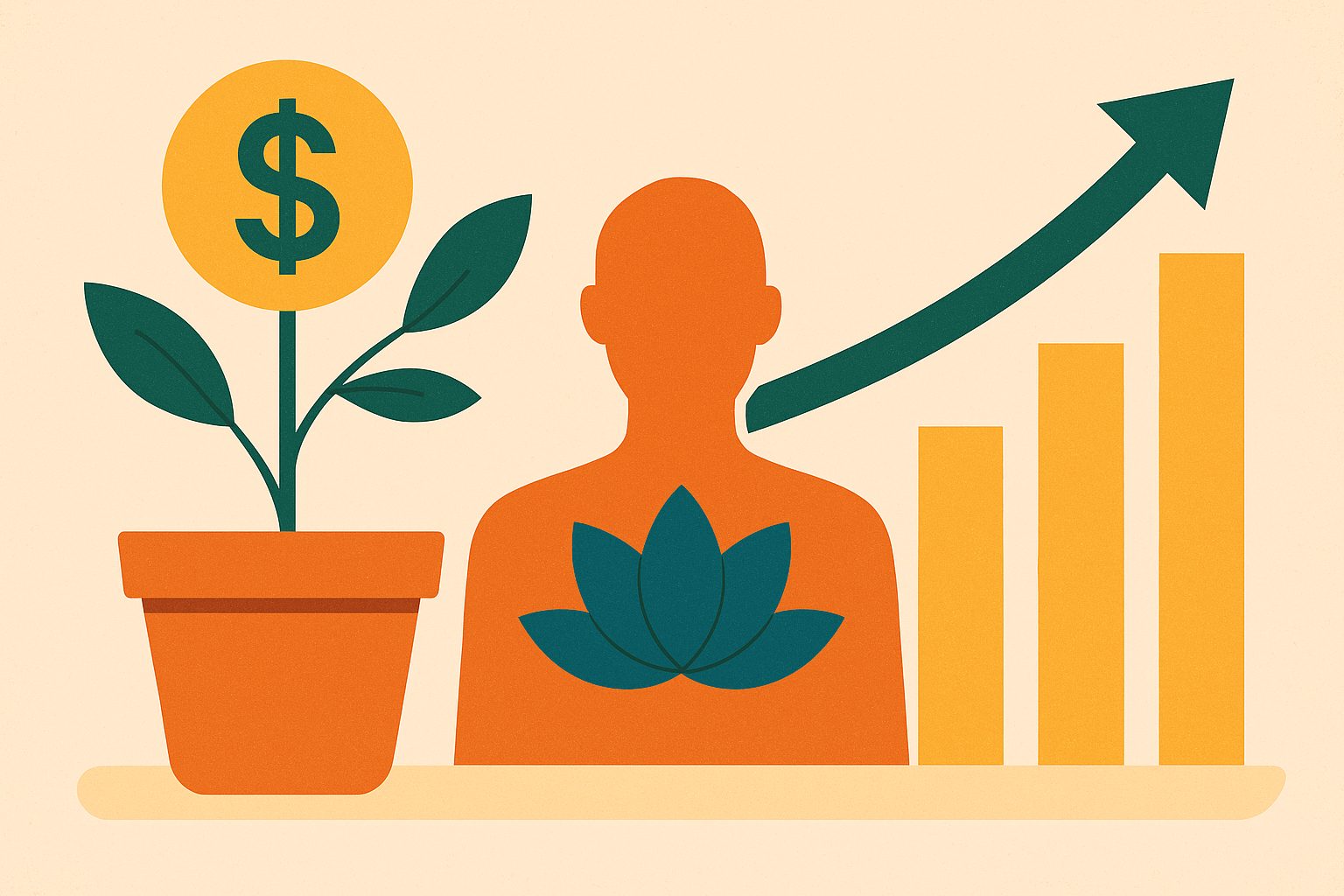The Digital Age of Mental Health Advocacy
Mental health awareness is no longer confined to therapy rooms, hospitals, or closed-door conversations. With the rise of social media, the world has witnessed an extraordinary shift in how mental wellness is perceived, discussed, and supported. From vulnerable personal stories on TikTok to inspirational campaigns on Instagram, social media has become a transformative force in breaking stigma and building global solidarity. And when it comes to fundraising for mental health causes, this digital space is pure potential. Mental health fundraisers, whether for individual care, nonprofit outreach, or innovative wellness startups, thrive on connection. That connection is what social media does best. It opens doors to empathy at scale. But using it effectively takes more than just posting a donation link. It requires strategy, emotion, consistency, and storytelling that inspires action. This guide will take you deep into the world of using social media not just as a megaphone, but as a bridge—to hearts, to healing, and to lasting support.
Start with a Story That Connects Emotionally
In the sea of online content, what makes someone stop scrolling? The answer is almost always emotion. If you’re launching a mental health fundraiser, your first job isn’t to ask—it’s to move. Your story is the heartbeat of your campaign. Whether it’s your personal journey through anxiety, a loved one’s struggle with depression, or a nonprofit working to bring therapy to underserved communities, your story must be authentic, clear, and deeply human. This doesn’t mean you have to share everything. In fact, ethical storytelling means setting boundaries. But your audience needs a window into why this matters—why now, why you, and what their support makes possible. Social media thrives on transparency. Your voice, your face, your courage—that’s what will resonate. Start by creating a series of posts that introduce the fundraiser and frame it within the bigger picture of mental health awareness. Make people care about the cause before asking them to care with their wallets.
Choose the Right Platforms for Your Message
Every social platform has its own culture, language, and audience. To effectively leverage social media for your mental health fundraiser, you need to choose the spaces that best reflect your tone and goal. Instagram is ideal for visual storytelling—personal photos, quote cards, and behind-the-scenes moments work beautifully here. TikTok thrives on raw, real video content. A short emotional clip explaining your fundraiser or showing how the funds will be used can spread like wildfire. Facebook remains strong for community-driven fundraisers and reaching older or family-oriented audiences. Twitter excels at threads, updates, and quick links. LinkedIn, surprisingly, is a powerful space for professional wellness initiatives, mental health startups, or employer-based campaigns. Rather than trying to be everywhere, focus on the 2–3 platforms where your audience already engages. Align your content format with what works on that platform, and let your voice be consistent across all of them.
Build Momentum with a Launch Strategy
Social media fundraising is all about momentum. You can’t just post once and hope people find it. The first few days of your campaign are critical. This is when algorithms pay attention, donors feel most inspired, and the credibility of your mission starts to grow. Plan your launch carefully. Tease the story before you officially launch. Use countdowns, testimonials, or preview videos to generate curiosity. On launch day, go live—literally, if possible. A livestream event, Instagram story AMA, or heartfelt launch video can be incredibly effective in drawing initial attention. Tag early supporters, thank them publicly, and encourage them to share your posts. Ask your closest network to be your first donors and amplifiers. When others see momentum, they’re more likely to join in. Keep your tone uplifting, inclusive, and filled with gratitude. Let your community know that this isn’t just a fundraiser—it’s a movement.
Use Hashtags and Trends to Expand Reach
The right hashtags can place your mental health fundraiser in front of thousands of people beyond your immediate network. Use a blend of broad and niche tags that match your campaign’s message. Hashtags like #MentalHealthAwareness, #EndTheStigma, #FundMentalHealth, and #SelfCareMatters are powerful entry points into the wider conversation. If your campaign is linked to a specific disorder, therapy method, or event like World Mental Health Day, use those relevant tags to connect with aligned communities. Stay in tune with current trends and challenges on platforms like TikTok and Instagram. If a mental health awareness trend is gaining traction, adapt it to highlight your campaign. Participation in cultural moments can dramatically increase visibility. But always stay true to your story. Avoid co-opting trends just for reach—authenticity always performs better than forced virality.
Engage Through Conversation, Not Just Promotion
Fundraising on social media is not about shouting louder—it’s about listening better. Engagement doesn’t come from posting links alone. It comes from real-time connection. Reply to every comment. Thank donors publicly. Ask your followers how mental health has touched their lives. Create Q&A sessions, polls, and story boxes that invite participation. The more you turn your campaign into a dialogue, the more people feel emotionally invested. Feature donor stories and let your supporters share why they gave. This not only builds community but encourages others to join in. Remember, many people want to help—they just need to feel seen, understood, and included. Turn your social feeds into a space where people feel heard, not sold to.
Show the Impact in Real Time
Donors are far more likely to give—and give again—when they can see the real-world impact of their contributions. Use social media to provide regular updates as your mental health fundraiser progresses. Celebrate milestones. If you reach 25%, 50%, or 75% of your goal, let your community know with a post or video. Share how donations are being used. Whether it’s a funded therapy session, a new outreach program, or development of a wellness tool, give your audience a visual and emotional connection to the outcome. You can also share progress through stories, behind-the-scenes posts, or interviews with those impacted by the fundraiser. These updates deepen trust, energize your base, and help transform one-time donors into lifelong supporters.
Collaborate with Advocates and Influencers
Mental health advocates, creators, and micro-influencers can help your campaign reach audiences far beyond your personal network. Collaboration doesn’t always mean paying for posts—sometimes, it’s about authentic connection. Reach out to people who are already vocal about mental health and ask them to share your story. Offer them meaningful ways to participate. Whether it’s through a shared livestream, a post swap, or a video duet, collaborations drive reach and increase credibility. These partnerships signal that your cause is aligned with broader wellness efforts. If an advocate with a loyal following vouches for your campaign, it adds social proof and urgency to your ask. Choose partners who align with your values and create together from a place of sincerity.
Maintain Momentum After the First Wave
Most campaigns see a surge in the first few days—then experience a lull. To combat this, you need a plan for the middle and end of your fundraising cycle. Keep your community engaged with new content. Introduce new faces from your team or community. Share stories of those helped by your cause. Run small challenges, host livestream updates, or post reflection-style captions that renew interest. Remind your audience why the cause still matters and how much progress has been made. A strong finish can match or even exceed your launch if you stay visible, creative, and consistent. Avoid burnout by scheduling content in advance and rotating themes. The story may evolve, but your mission should remain clearly centered in every post.
Finish Strong and Keep the Conversation Going
When your fundraiser ends, your connection with your supporters shouldn’t. The end of a campaign is the beginning of long-term engagement. Thank your community with sincerity and specificity. Highlight the outcomes. Celebrate the impact. Consider creating a recap video or timeline of how every dollar helped. If your project continues beyond the fundraiser, let people know how they can stay involved. Share ways to subscribe, volunteer, or advocate. Keep showing up on their feeds—not to ask, but to appreciate and share. Long-term relationships are built on trust and gratitude. By closing your campaign with purpose, you lay the groundwork for future support and a growing community that believes in your cause.




